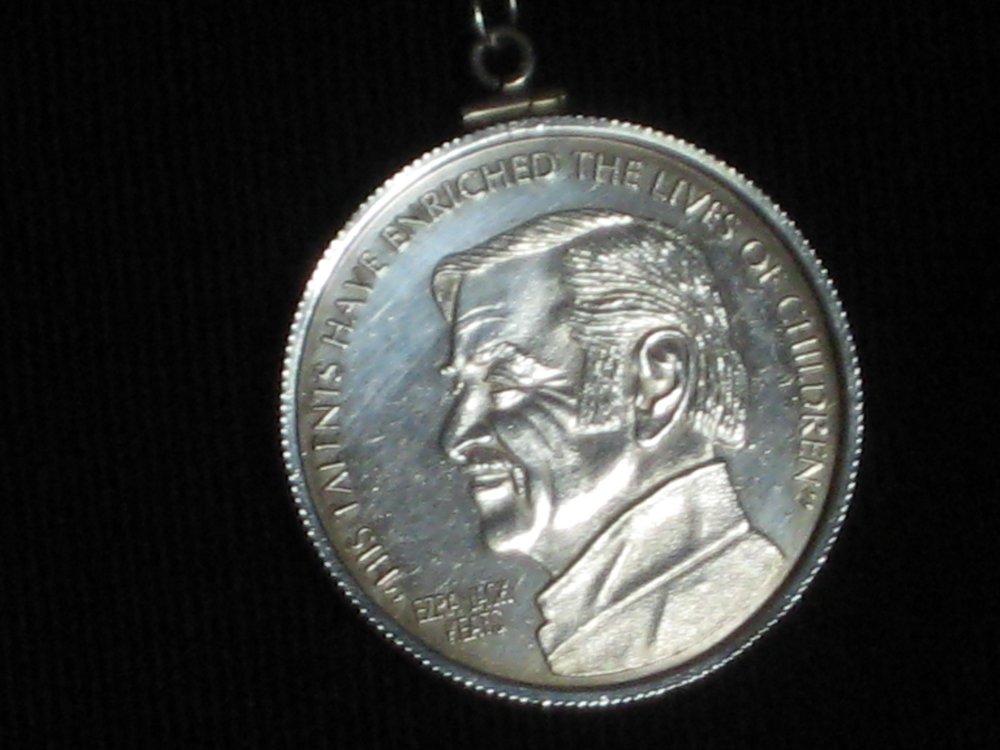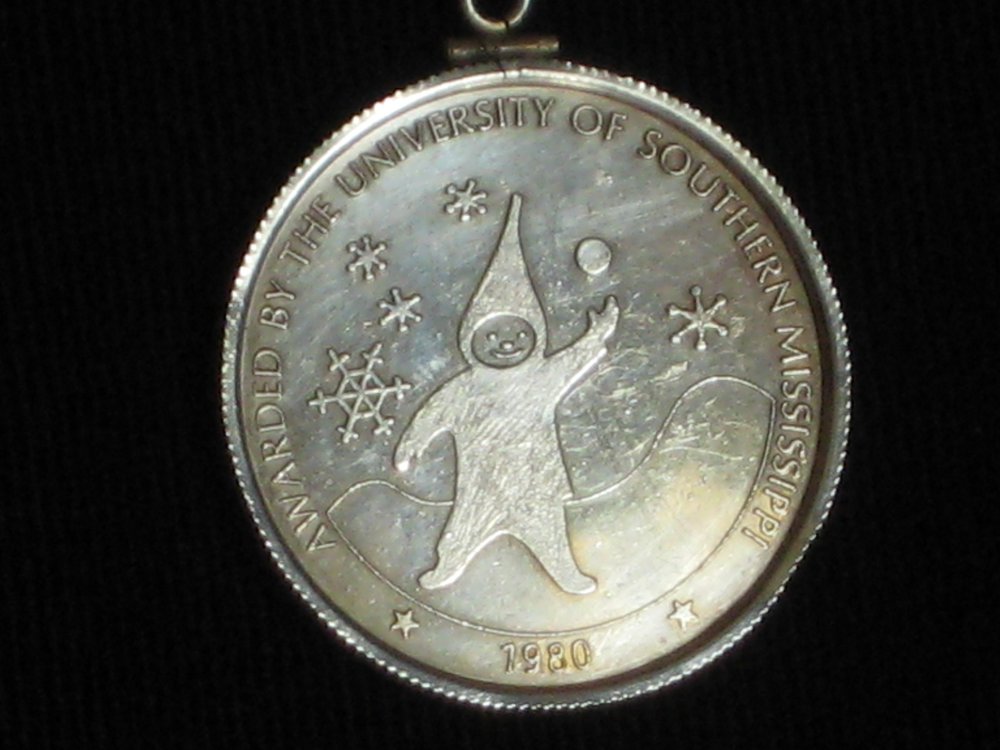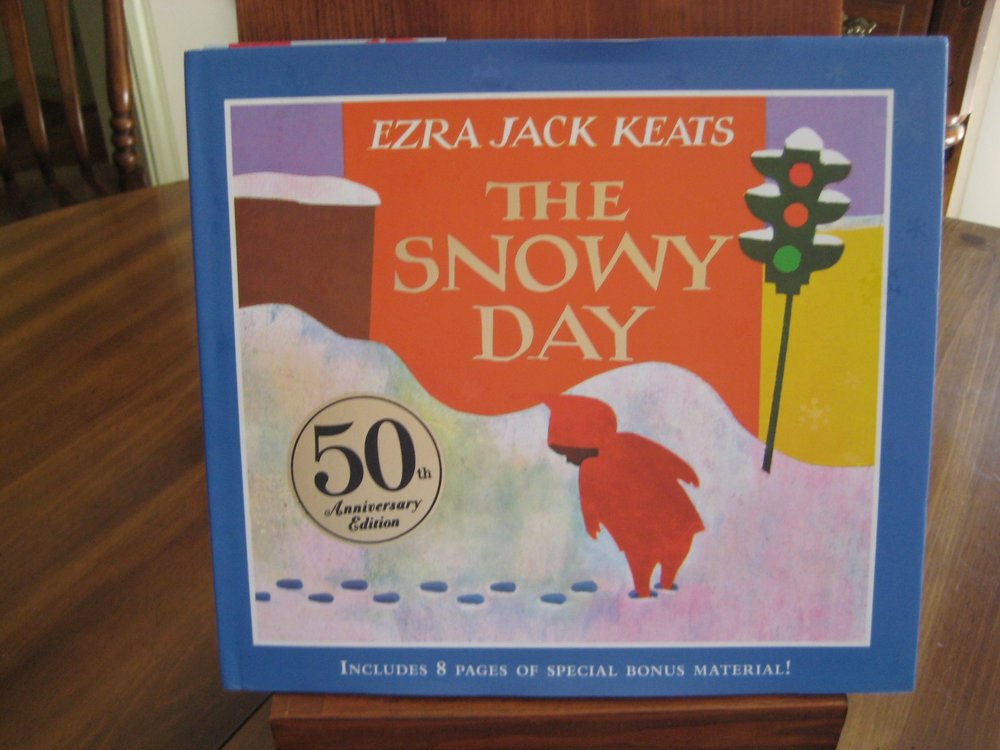
Ezra didn’t stay scrawny and immature, but he did stay sickly all his life and enhanced his real health problems with a touch of hypochondria. He didn’t even stay Jacob Ezra Katz, changing his name as an adult to Ezra Jack Keats in response to an anti-Semitic environment.
His venture into the art world began when he was a toddler scribbling on the linoleum floor and eating his crayons. This venture continued as a preschooler who decorated the kitchen table all the way around with ink drawings, an award-winning art student as he passed through school, and an adult who struggled to make a living with his art. He came into his own in midlife when he began to illustrate for children’s magazines and books. His real breakthrough came with the publication of the first book he both wrote and illustrated – The Snowy Day – now celebrating the 50th year since its publication.
The book was significant for children as the first full color picture book to feature a Black child as the protagonist in a non-stereotypical way. But he went on to write many more, including in his books the children of the many ethnicities he had grown up with in his Brooklyn neighborhood. They had fun and solved problems common to all children everywhere, confirmed by the many languages into which they were translated, but he continued to use the city tenements of his childhood for his favorite setting.
Keats enjoyed many recognitions from libraries and cities that had Ezra Jack Keats Days and named reading rooms for him. He won the Caldedott Medal for The Snowy Day and received a medallion given by the University of Southern Mississippi for his body of work. He came a long way from his fragile beginning.
For all his awards, I think Keats would be most pleased that his book The Snowy Day is still being chosen for things like my friend’s literacy project in North Carolina where the book will be featured in a reading fair for children who don’t have access to many books of their own. My friend knows my interest in all Keats things and asked me for ideas. She will read from a large copy of The Snowy Day with the children using their own smaller copies. I would like to have a periscope that sees from Mississippi to North Carolina to watch them enjoy the book – and perhaps make their own collages afterwards. Maybe she’ll send pictures.
Someone said Keats’s continuing appeal to children came because he was an ex-kid. The “ex” is debatable. I think the kid was still alive and well inside him until the day he died. My plan for his birthday on Sunday is to find the kid inside me, read the anniversary edition of The Snowy Day, and sing happy birthday to Ezra on what would be his 96th.

